Saudi-Iranian Conflict in Yemen [Archives:2008/1168/Opinion]
Muneer Al-Mawiri
It is so difficult for a political analyst to be convinced that both parties of the ongoing war in Sa'ada and other Yemeni governorates are using their own funds and provisions in the fight with each other without any foreign support. All the apparent threads imply that the internal conflict has transferred into a war between two sides battling on behalf of Iran and Saudi Arabia.
This conclusion doesn't originate from vacuum, rather it is based on facts that can be detailed as follows:
First: as the Yemeni government is economically vulnerable, it is impossible for it to afford costs of such a lengthy war without receiving foreign assistance. Second: no one may rule out that the regime also receives assistance from Gulf states, other than Saudi Arabia. However, Saudi Arabia remains the top beneficiary of the great strategy with regard to preventing Iran from asserting its presence in the back park, located to the south of Saudi Arab, or to be more specific, the northern part of Yemen.
Consequently, the flowing funds to leaders of military units battling Houthi loyalists in Sa'ada are believed to be coming from the bordering Kingdom of Saudi Arabia, as a main donor that enjoys a strong economic capacity as a result of soaring oil prices.
Third: with regard to Hourthis, they have expanded their scope of fighting until it turned to be larger than the battleground in Lebanon. They have scored various victories over the republican guards and defeated the First Armored Military Division in several fronts. What the state calls 'rebels' have katyusha rockets and rubber band guns (RBG). From where did they obtain these heavy weapons?
Moreover, fighting in Yemen doesn't require foreign forces to provide weapons to the conflicting sides because weapons are available in abundance inside Yemen. The fighting requires more funding. Where the rebels' funds com from?
It seems difficult for one to identify Houthis' funding sources, particularly as they mobilize provisions as if they are a government force not a rebellious group. Funding is the indispensable factor to ensure continuation of the war. Therefore, Houthis exploited the rampant corruption to purchase heavy weapons even from army depots in Nuqum and Hadid mountains.
As funding is more important and vital to the war than weaponry, we must not rule out that Houthi supporters receive funding from foreign donors, mainly as they made the government stunned by their operations and food provisions.
Fourth: it is possible for Houthis to have funding sources, other than Iran and Libya, for instance, in order to upset Saudi Arabia or Shia businesspersons in Gulf states. However, Iran remains the topmost beneficiary of the strategy with regard to delivering more funding to Houthis because the Iranians are not stupid so that they may not seize an available opportunity to reach the southern part of the Arabian Peninsula.
Attack-and retreat tactics:
The Iranians have realized that Houthis managed to defeat the battling government troops via the use of attack-and-retreat tactics and guerilla wars, and this is the same method applied by Lebanon's Hezbollah during its fighting with Israel.
We must not rule out that some Yemeni students, who received scholarships to study in Iran during the 1990s, have graduated as field leaders and might have been trained by the Iranian Revolutionary Guards.
Some people may argue that followers of the Faqeeh Reign in the Jaafari Iran are impossible to back followers of the Zaidi sect in Yemen, who seem to be closer to the Sunna people. The Zaidi sect is intellectually different from the Twelfth Shiite Sect.
On can reply to those people by saying political interests overcome the sectarian differences, and therefore Iran supports the Sunni Hamas Movement with money as much as it backs the Faqeeh Reign Party in Lebanon. How one can imagine that Iran doesn't support youths raising the same slogans of those once raised by the Iranian Khomeini Revolution.
If the Iranians invented the idea of Faqeeh Reign in the 20th Century, this would mean that it had been practiced on the ground by Zaidism in Yemen for a thousand years, particularly as Imam in the Zaidi ideology is an executive political ruler, who exercises stronger direct powers than those exercised by an Iranian religious guide.
And, if an Iranian religious guide is legally authorized to act on behalf of an absent Imam, a ruler in Zaidism is considered an Imam with full powers, not only appearing on his behalf. Consequently, both are politically closer to Iran irrespective of their being ideologically closer to Sunnis.
It is worth noting that currently ongoing military conflict in the northern tip of Yemen broke out after decades of strong competition at the intellectual and ideological levels in Sa'ada between Zaidi and Salafi scholars. Forums of the 'Faithful Youth Organization', founded by Mohammed Badraddin Al-Houthi, Mohammed Yahya Ezzan, Saleh Habra and others included up to 15 thousand students, who are currently playing a key role in the fight against the army in Sa'ada and other governorates.
Source: Al-Masdar.com
——
[archive-e:1168-v:16-y:2008-d:2008-06-30-p:opinion]

